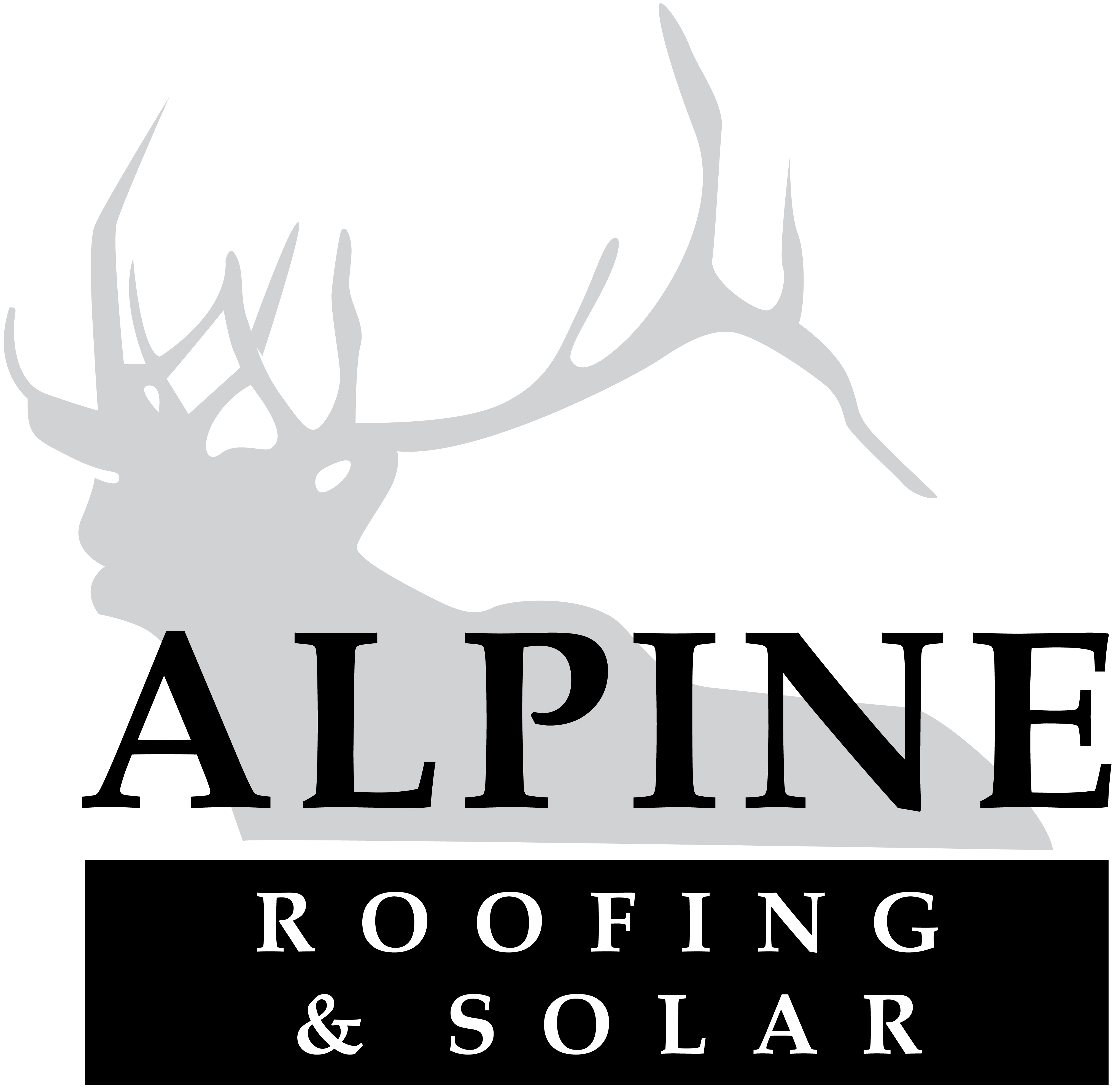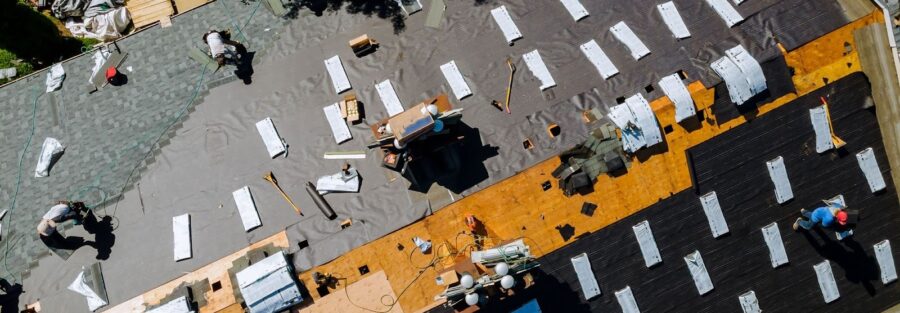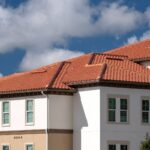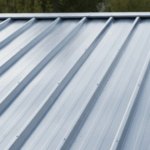A full replacement isn’t the only way to solve roof problems. If you’re weighing alternatives to a new roof, you’re not alone, many DFW homeowners and business owners ask us how far they can go with smart repairs, restoration, or coatings before committing to a complete tear-off. Whether you’re planning for a roof inspection in DFW Texas or need expert roofing services, Alpine Roofing is here to help. We serve the Dallas–Fort Worth area with honest assessments, practical solutions, and craftsmanship that protects your property and budget. Below, we break down cost-effective options that can extend roof life without jumping straight to replacement, and when it still makes sense to start fresh.
Assessing Your Roof: Repair Or Replace?
Before you choose any alternatives to a new roof, start with a clear diagnosis. We look at age, materials, ventilation, storm history, and where leaks originate. Repairs shine when damage is localized: replacement wins when issues are widespread or structural.
Signs Repairs Can Suffice
- Isolated missing, cracked, or curled shingles/tiles.
- Minor leaks traceable to a single area.
- Localized flashing, pipe boot, or vent issues.
- Roof under ~15 years old with an otherwise sound deck.
Red Flags Requiring Replacement
- Widespread or recurring leaks in multiple rooms.
- Soft spots, sagging, or rot in the roof deck.
- Damage across more than ~30% of the surface.
- Roof near or past its expected lifespan for the material.
Ready for an expert, no-pressure opinion? Book an inspection with our DFW roofing experts. Our roofing services are designed to protect your home and budget.
Targeted Repairs And Sectional Work

When you’re considering alternatives to a new roof, surgical fixes can buy meaningful time. We target weak points first, shingles, flashing, penetrations, and replace only what’s necessary.
Shingle Or Tile Replacement
Replacing individual shingles or tiles restores weatherproofing without touching the rest of the roof. Color blending matters: we match materials to keep curb appeal intact.
Flashing, Vents, And Penetrations
A large share of leaks start where materials meet, chimneys, skylights, sidewalls, and pipe boots. Upgrading flashing and boots, re-sealing, and adding kick-out flashing can stop leaks cold.
Leak Tracking, Sealing, And Emergency Tarping
We trace leaks to their source (often upslope from the stain you see inside). Prompt sealing and temporary tarping prevent additional water damage until permanent repairs are made.
Partial Replacement Of Slopes Or Sections
If hail or wind hits one side harder, it can be cost-efficient to re-roof only that slope. This preserves good sections while addressing the damaged area.
Curious if a focused repair will do the trick? Explore our roofing services and request an inspection today. We’ll outline repair options first, before talking replacement.
Restoration, Coatings, And Rejuvenation

Restoration is one of the strongest alternatives to a new roof for certain materials, especially metal and low-slope systems. It aims to extend service life, improve weather resistance, and enhance energy performance.
Asphalt Shingle Restoration/Rejuvenators
Select rejuvenator treatments can help aged asphalt shingles regain flexibility and water repellency. They’re not a cure-all, but when shingles are drying out, not failing structurally, they can buy 2–5 more years.
Metal Roof Coatings
High-performance acrylic or silicone coatings seal seams and fasteners on metal panels, combat corrosion, and reflect heat. They’re ideal when panels are intact but joints and fasteners need reinforcement.
Flat Roof Elastomeric Coatings And SPF Overlays
On commercial or low-slope roofs, elastomeric coatings or spray polyurethane foam (SPF) add a seamless, watertight layer that bridges minor cracks and improves insulation. Proper detailing at penetrations is key.
Surface Prep And Weather Windows
Coatings succeed or fail on prep. We clean, prime where needed, tighten fasteners, address rust, and schedule application within the right temperature and humidity window.
Considering restoration instead of replacement? See how our restoration services can extend roof life. We’ll confirm if your system is a good candidate before you invest.
Recover (Overlay) Instead Of Tear-Off
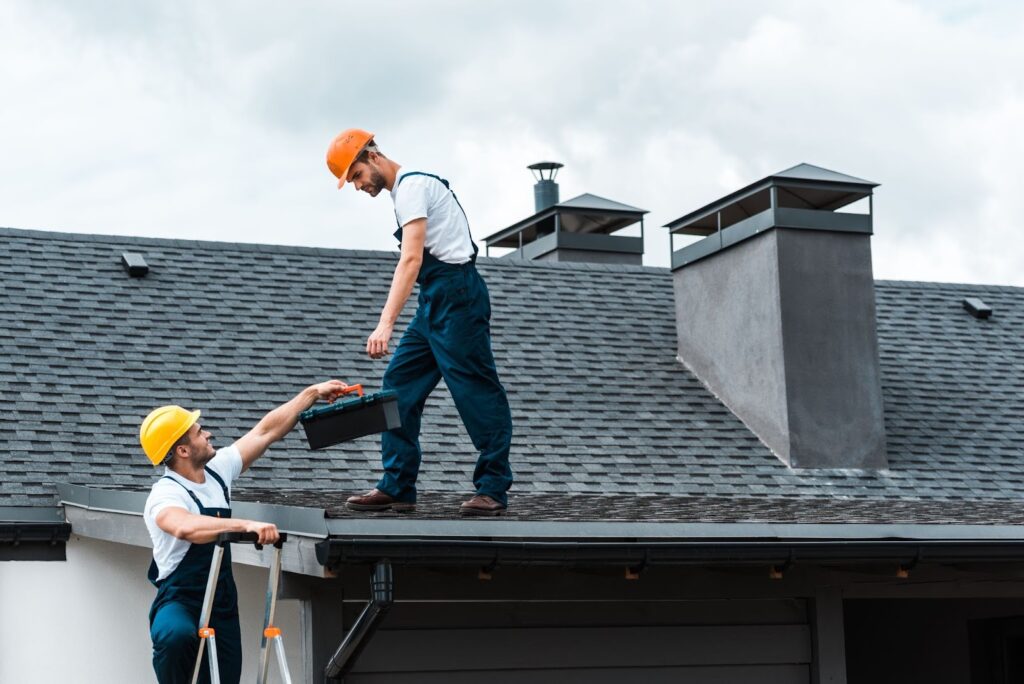
A recover is the classic budget-friendly alternative to a new roof tear-off: install a second layer over the first, when allowed by code and manufacturer guidelines.
When A Second Layer Is Allowed
Some jurisdictions allow one additional layer for asphalt shingles if the deck is sound and weight limits are respected. It’s not permitted for every material or roof shape.
Pros, Cons, And Code/Warranty Considerations
- Pros: Faster, lower cost, less debris.
- Cons: Adds weight, may trap existing issues, and can reduce shingle definition.
- Code/Warranty: We verify local codes, attic ventilation, and manufacturer rules to protect your warranty and resale value.
Unsure if a recover fits your roof? Let’s evaluate your structure, ventilation, and local code together.
Preventive Upgrades That Prolong Roof Life
Sometimes the best alternatives to a new roof are improvements that stop problems before they start. Small upgrades can meaningfully extend service life and reduce energy costs.
Attic Ventilation And Insulation
Balanced intake and exhaust ventilation keep heat and moisture from baking or saturating your roof system. Paired with the right insulation, this protects shingles and prevents condensation.
Gutter And Drainage Improvements
Clear gutters and appropriately sized downspouts move water away from fascia, walls, and the foundation. Add splash blocks or extensions to direct runoff safely.
Routine Maintenance And Annual Inspections
A yearly check finds loose shingles, failing sealant, nail pops, and small flashing gaps before they become leaks. After major DFW storms, a quick post-storm inspection is priceless.
Want a maintenance plan that’s tailored to your roof? Reach out and we’ll map out seasonal care.
Costs, Lifespan, And Insurance Considerations
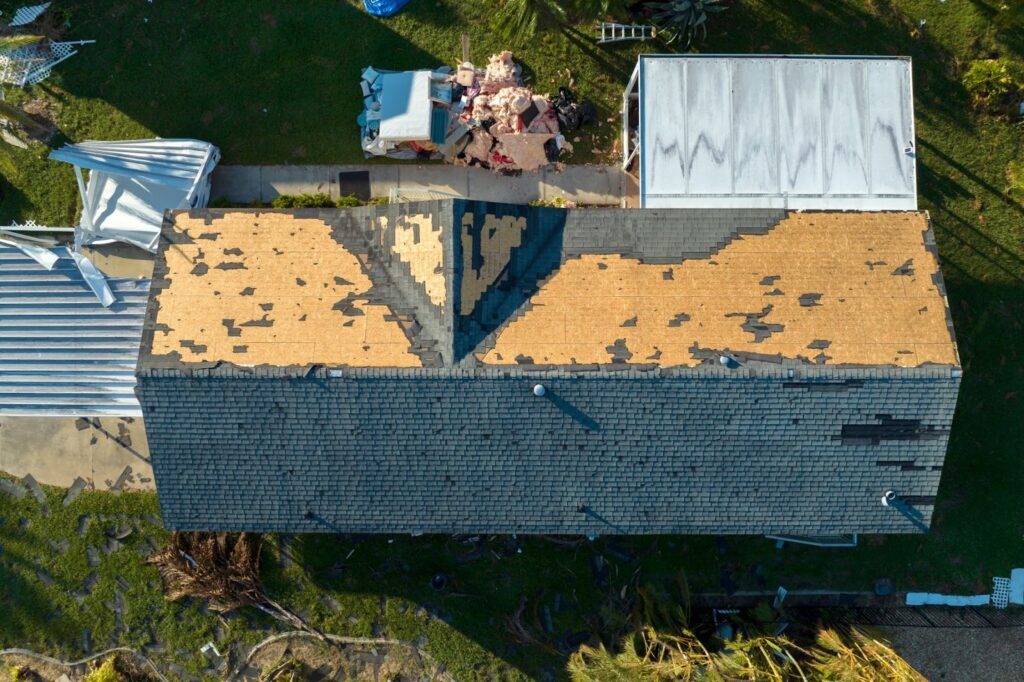
Budget clarity helps you compare alternatives to a new roof with full replacement.
What You’ll Likely Spend
- Minor repairs: Often hundreds to low thousands, depending on materials and access.
- Sectional work/partial slopes: Mid-range investment that’s still below full replacement.
- Restorations/coatings (metal/flat): Typically less than replacement and may improve energy performance.
- Full replacement: Highest upfront cost, but resets the clock on warranties and lifespan.
How Much Life Each Option Adds
- Targeted repairs: Often 2–5 years when the roof is otherwise sound.
- Coatings/rejuvenation: Varies by system and product: many add meaningful years when prep is correct.
- Replacement: Restarts the lifecycle (material dependent).
Insurance And Manufacturer Nuances
Insurance may cover storm-related damage but usually excludes wear and tear. Manufacturer warranties expect proper installation, ventilation, and maintenance, skipping these can void coverage. We work with adjusters and document conditions to support valid claims.
Need help navigating coverage after a DFW storm? Our restoration team is ready.
Conclusion
If you’re exploring alternatives to a new roof, you have real options, targeted repairs, sectional replacements, restoration coatings, and preventive upgrades can all extend service life when conditions are right. And when replacement is the smarter long-term move, we’ll say so, and do it right.
Ready to get started with your roofing project in DFW? Contact us for an inspection and straightforward plan.
Alpine Roofing is your trusted roofing company in DFW Texas. We’re located at 7247 Kentish Dr, Fort Worth, TX 76137. For inquiries, call us at +1 682-257-4631 or email info@alpineroofingandsolar.com.
Frequently Asked Questions
What are the most cost‑effective alternatives to a new roof?
Smart options include targeted repairs, sectional replacement of damaged slopes, roof restoration with coatings or rejuvenators, a code‑approved recover (overlay), and preventive upgrades like better ventilation and drainage. These alternatives to a new roof can extend service life and control costs when your deck is sound and issues are localized.
How do I decide between roof repair and full replacement?
Repairs make sense for isolated shingle/flashings issues, minor single‑area leaks, and roofs under about 15 years with a solid deck. Consider replacement if leaks are widespread, decking is soft or sagging, more than ~30% is damaged, or the roof is near/past its lifespan—alternatives to a new roof won’t solve structural problems.
Are roof coatings or shingle rejuvenators a good alternative to a new roof?
Yes, in the right conditions. Acrylic/silicone coatings help metal or low‑slope roofs by sealing seams and reflecting heat. Asphalt rejuvenators can add 2–5 years when shingles are dry but not failing. Success depends on thorough surface prep, correct detailing, and applying within the proper temperature and humidity window.
Can I install a second shingle layer instead of a tear‑off?
Often, a recover is allowed for asphalt shingles when the deck is sound and weight limits and ventilation are verified. Pros: faster, lower cost, less debris. Cons: added weight, potential to trap issues, reduced shingle definition. Always confirm local code and manufacturer rules to protect warranties and resale value.
When is the best time in DFW to apply roof coatings as an alternative to a new roof?
Aim for mild, dry weather—typically spring or fall in DFW. Coatings cure best with moderate temperatures, low humidity, and no imminent rain or high winds. Contractors watch dew points and forecast windows to ensure proper adhesion and curing, which directly affects performance and longevity.
How long do alternatives to a new roof take compared to replacement?
Minor repairs often finish the same day. Sectional re‑roofing typically takes 1–3 days. Coatings on metal or low‑slope roofs run about 1–3 days depending on prep and size. A code‑approved recover can take 1–2 days. Full replacements usually require more labor, materials handling, and debris removal.
